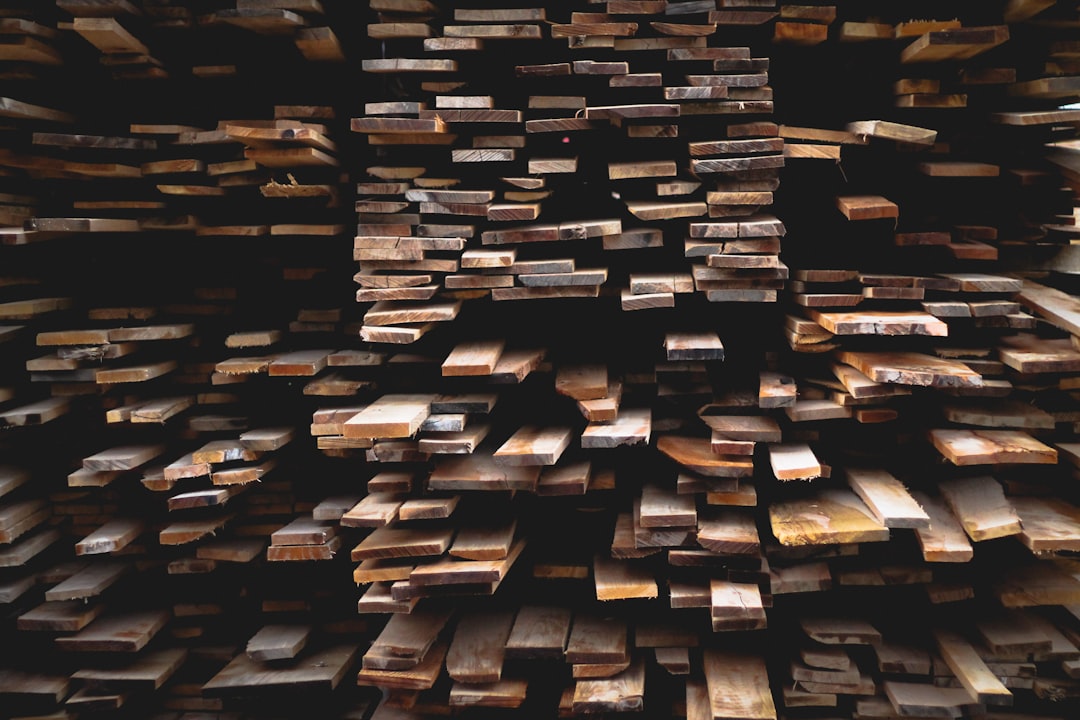What is it about?
Analytical mathematical expressions are derived for indexing experimental diffraction Patterns. The six lattice constants a, b, c, α, β and γ of the crystallographic unit cell are thereby determined, as well as the rotation parameters due to the unknown preferred orientation of the crystals with respect to the substrate surface. The mathematical analysis exploits a combination of GIXD data and information acquired by the specular X-ray diffraction. The presence of a sole specular diffraction peak series reveals fibre-textured growth with a crystallographic plane parallel to the substrate, which allows establishment of the Miller indices u, v and w as the rotation parameters. Mathematical expressions are derived which reduce the system of unknown parameters from the three- to the two-dimensional space.
Featured Image
Why is it important?
Including the specular peak in the mathematical formalism of diffraction experiments can be of considerable help, especially in the case of GIXD where the spatial orientation of the unit cell has to be considered. For the rotation parameters the integer variables u, v and w can be employed, and mathematical expressions can be derived in which the unknown cell parameters are considerably reduced. This significantly reduces computational efforts, as the integer variables can be systematically varied and only three real unknown parameters remain, which can be analytically calculated using qxy and qz of three independent diffraction peaks. In subsequent steps the remaining parameters can then be conveniently determined.
Perspectives
It was a pleasure to collaborate with my co-authors, and I am grateful especially to my brother, who called my attention to this scientific topic.
Josef Simbrunner
Medizinische Universitat Graz
Read the Original
This page is a summary of: Indexing of grazing-incidence X-ray diffraction patterns: the case of fibre-textured thin films, Acta Crystallographica Section A Foundations and Advances, July 2018, International Union of Crystallography,
DOI: 10.1107/s2053273318006629.
You can read the full text:
Resources
Contributors
The following have contributed to this page










